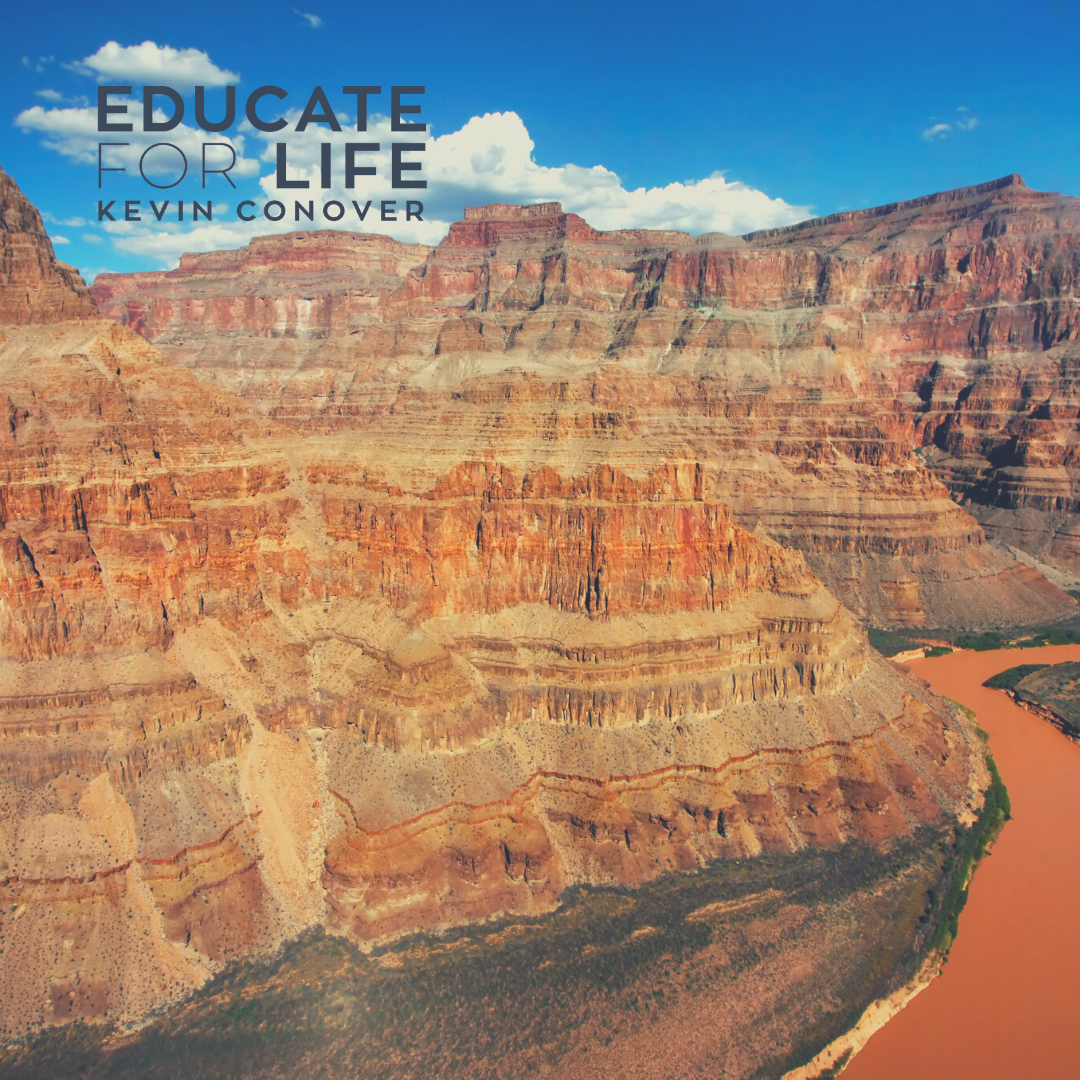What do the sedimentary layers in the Grand Canyon tell us?
Geologists from around the world descend upon the Grand Canyon to see the layers of rocks. Only a few places on earth reveal such a sequence of rock layers, and here is what has been discovered.
1. All of the horizontal layers contain marine fossils such as corals and clams. Marine fossils are found on every continent in the world.
2. There is a layer formation that has been found across the United States called the Coconino Sandstone or “the bathtub ring” in other states it’s also referred to as Cedar Hills Sandstone, Duncan Sandstone, and the Glorietta Sandstone.
3. The Tapeats Sandstone, one of the lowest layers of the Grand Canyon, appears to form a single sandstone body that blankets across North America, extending from California on the west northward to Montana, covering much of North Dakota, and across the Midwest to New England. The same formation in southern Israel is called the Nabatean Sandstone of Petra.
4. The Redwall limestone in the Grand Canyon is grey limestone stained red from the iron oxide in the above layer. This same limestone can be found in much of North America, England, and in the Himalaya Mountains.
During the Genesis Flood, there was catastrophic flooding across the earth. These tidal waves and tsunamis killed marine creatures and poured onto the land. Subsequently, tsunamis laid down more layers of fossils containing sediments. The Flood continued for months. The Grand Canyon reveals the violent worldwide flood that once was; it is a monument to the Genesis Flood.
(Source: Inspired Evidence – Andrew Snelling, Earth’s Catastrophic Past, 2009 pp.529-530)









0 Comments
Trackbacks/Pingbacks